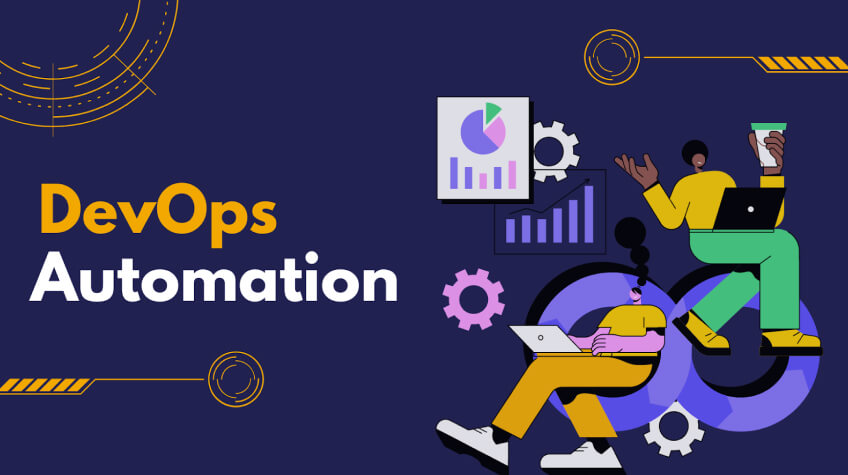
Businesses are always open to opportunities to improve productivity inside the organization. And including new technology paves new ways to increase business growth and efficiency while lowering employee burden. DevOps automation has become a key component in realizing the dream of improved performance while reducing employees’ responsibilities.
What is DevOps?
Before we delve deeper into DevOps automation, you must understand what DevOps means.

DevOps is a philosophy that facilitates a collaborative approach to how software development and IT team interact. DevOps automation aims to promote team empowerment, collaboration and self operative. To do so, DevOps Service Providers focus on changing the software delivery process to make the software faster. Currently, DevOps automation adoption is only increasing as companies find the increase in productivity worth the price.
The Workings of DevOps Automation
Traditionally, the development and operations teams worked in Silos. DevOps automation aims to minimize the isolation of the two groups.
Companies tried to get across the issue of silos by hiring computer science professionals who could work throughout the entire application lifecycle. They would start working from the development stage, testing, and deployment and work on the operations. Hence, they would need many skills, not restricted to one role.
The use of tools can evolve applications allowing individual engineers to complete their tasks. Therefore, resulting in an increased pace of work.
What are the various benefits of DevOps Automation?
While, as a concept, DevOps is easy to understand, its application can become harder to explain. Simply put, DevOps helps companies achieve faster development and better maintenance.
The major advantages of using DevOps automation include the following:
Better Communication: Using DevOps tools will facilitate better collaboration among the various team members.
Timely Delivery: DevOps automation facilitates better time-to-market for users.
Short Feedback Loop: The tools make it easier for the operations team to provide feedback and implement appropriately per the suggestions.
Reduced Downtime: DevOps automation helps lower the overall downtime of the applications.
Software Pipeline Efficiency: The overall software pipeline improves with DevOps automation.
Menial Work Reduction: The use of automation will help reduce the repetitive tasks in the process.
Streamlined Development Tasks: The use of DevOps automation primarily aims to simplify the development process for quicker results.
Increased code ownership and responsibility: As everyone can do more in less time, the use of DevOps automation allows for increased code ownership and responsibility.
Improvements in skills and roles: DevOps automation also benefits the employees as they give them a chance to grow and improve their skills.
The Process of Creating a DevOps Automation
Implementing automation throughout the organization requires a DevOps plan. It generally includes creating a roadmap, deciding on the key performance indicators, creating an action plan for new members’ onboarding, training, and much more. The use of these measures can help companies avoid delays and make the most of their investment in DevOps automation.
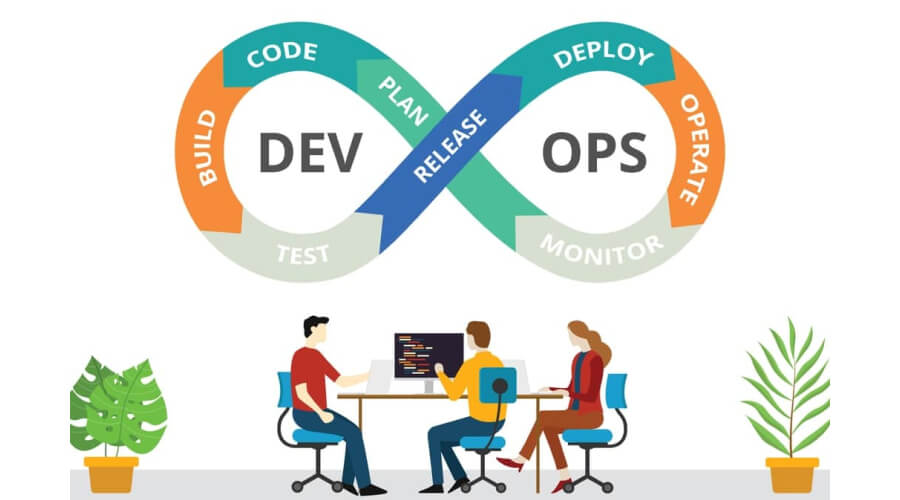
To automate a business, you must consider the automation goals, the various use cases and the overall infrastructure that would be critical to the operations.
After automating the job, take time to build an infrastructure, make DevOps automation code, monitor for any bugs in the system, create a governance framework and establish a culture of experimentation.
What are the Various DevOps Automation Platforms?
A variety of DevOps automation platforms are available. In this post, we are listing our top picks.
1. Kubernetes
Kubernetes is an open-source platform used for managing containerized workloads and services. It is a portable and extensible tool that helps with automating the deployment, scaling, and management of the application.
The tool comes with built-in commands to deploy applications, roll out changes, and scale them up or down to match the current needs. You can also enjoy cloud-native DevOps automation with Kubernetes.
2. Docker
Docker is a Linux-based open-source platform that contains a suite of DevOps automation tools. It helps create containerized environments for applications, allowing for more portable, and secure development while lowering the number of conflicts with testing.
Docker helps DevOps to create and run apps more efficiently. Additionally, applications made using Docker are OS and other platforms independent. Companies that want to reduce the overall infrastructure cost will benefit from Docker.
3. Circle CI/CD – Azure DevOps
CircleCI/CD is a platform made to automate the build and deployment process. It allows the users to track source control information, make reusable scripts, and create apps with single-click deployments.
Use the tool to create a continuous delivery pipeline allowing to automate the making, testing, packaging, and deployment of code.
Additionally, it allows for easy integration of other tools for improved functioning.
4. Pivotal Cloud Foundry
Pivotal Cloud Foundry is a tool made to manage applications on all devices. Use the tool to manage several application versions, including staging, production, and testing.
Additionally, the tool comes with plugin architectures to extend the features of the tool or create the ones you need.
5. GitLab
Starting as an open-source project to help a team of programmers work together, now is platform is available to the public to help deliver better software faster with strengthened security and compliance.
GitLab is among the most comprehensive DevOps automation tools that you can find with both free and paid plans.
6. Semaphore
Semaphore is a collaboration tool and source control and tracks any changes while facilitating workspace creation, managing access permissions, and more. Use the tool to share one version of your code with others who can make their changes while all the changes are tracked.
Additionally, you can make reports, set permissions, and assign tasks using the user-friendly interface. This tool offers 50GB of free storage in their free plan, and you can add more storage with the paid versions.
How to Adopt the DevOps Model in Your Organization?
A company that wishes to improve its organization’s structure and incorporate DevOps automation must start by changing the culture and mindset of its employees. At the most basic level, DevOps’s main aim is to remove the gap between the two siloed teams – Development and Operations.
When the two departments work in unison, they can offer higher productivity. Then, it is a matter of injecting relevant tools into the departments for better results.
Companies that use the DevOps model, regardless of structure, have teams that take responsibility for the full development and infrastructure lifecycle.
Final Thoughts – Get in Touch with DevOps Automation Service Providers Today
Incorporating DevOps automation into your business is easy when you have the right help. MoogleLabs is a DevOps service provider who can help your business create the ultimate structure to help improve the overall productivity of your organization.
We have already helped several businesses with DevOps automation and artificial intelligence solutions. So, feel free to get in touch with us to discuss how you can benefit from our services.



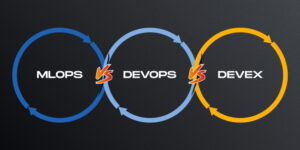
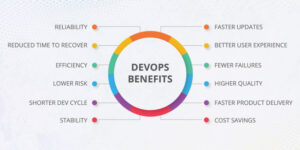

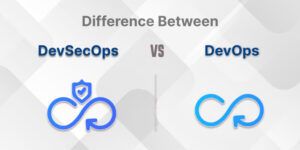
I’m following you, it’s a quality and beautiful content, my friend.